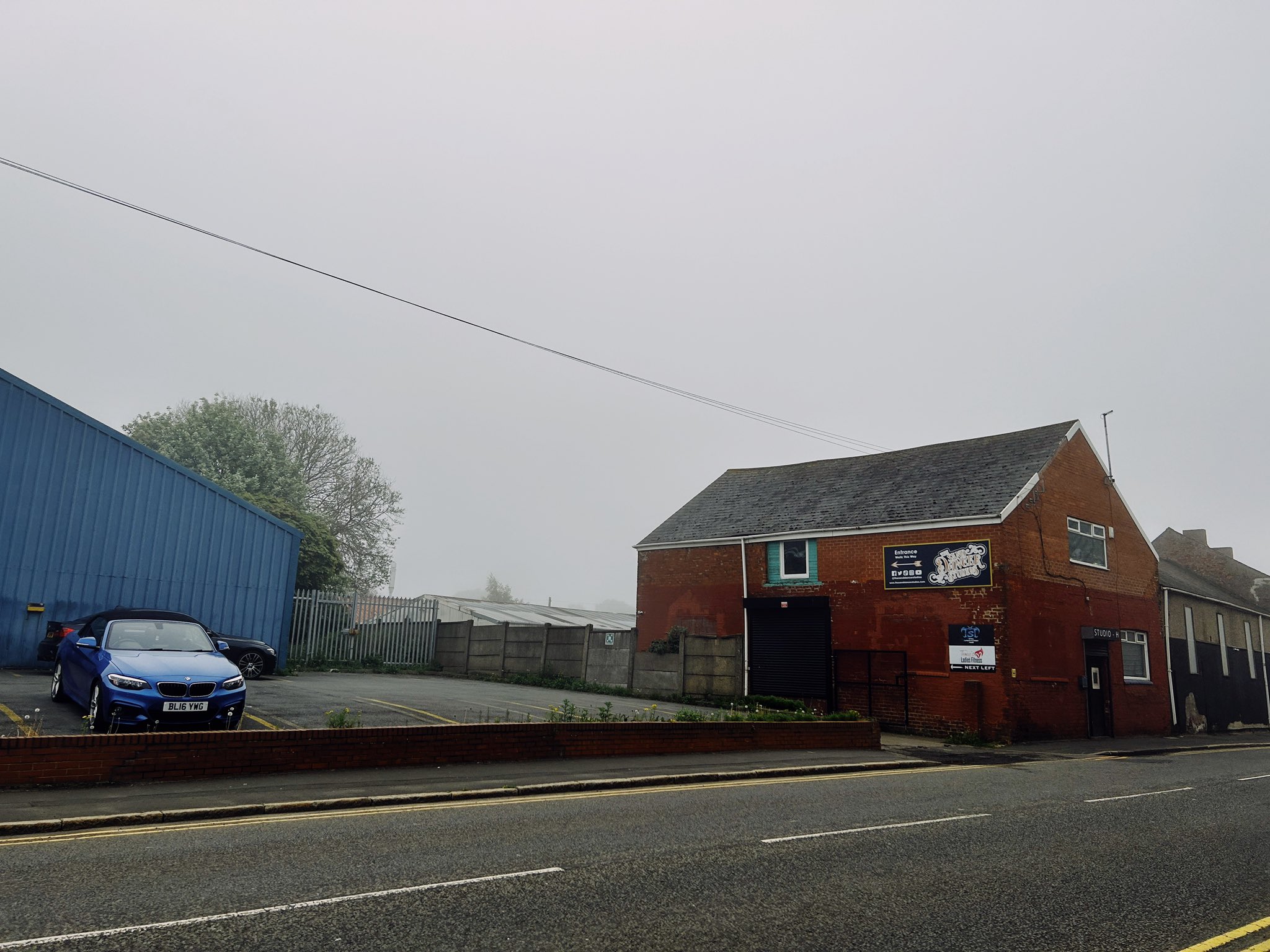2450
Templetown Colliery
South Shields
54.984042,-1.445721
Chapter Main Colliery, Manor Wallsend Colliery
Opened:
Closed:
1805
1825
Entry Created:
3 Sept 2021
Last Updated:
9 Jun 2023
Redeveloped
Condition:
Owners:
Simon Temple Jnr (1805), Mr Brown (1800s), Mr Devey (1813), Robert & John William Brandling (1819)
Description (or HER record listing)
Templetown Colliery, was connected to St. Hilda's and Harton Drops (HER 2236) by the Harton Colliery Railway, (SMR 2449). Also known as Manor Wallsend or Chapter Main, Templetown Colliery was opened in 1805 by Simon Temple junior, who had leased the Coal Royalties from the Dean and Chapter of Durham, then owned by a Mr Brown, then in 1813 by a Mr Devey. The colliery was taken over by Robert and John William Brandling in 1819 and closed in 1826 although it was kept open as an air shaft for St. Hilda's Colliery (HER 2355).
NEHL - Simon Temple
The area btwn Tyne Dock and South Shields has been known as Templetown for over 2 centuries because of one man and his son: Simon Temple Snr & Jnr.
The elder Simon was born down my ends near York in 1728, but was in the North East by 1780 operating a shipyard at Mill Dam. His son Simon was born in 1759 and joined him in his ventures on the Tyne. The elder died in 1805, and the junior Simon took the reigns and opened a shipyard at Thrift Street in Shields, alongside his brother William Smoult.
He seems a bit more distant, but clearly made a name for himself having lived in Hylton Castle in 1802!
Simon seemed a proper busy body man about town. Almost an early influencer of some sorts. He bought assets around South Tyneside here there and everywhere. He ended up with hospitals, fever houses and schools in Jarrow as well as Jarrow Colliery itself from 1803.
When I say his name pops up everywhere, I literally mean it 🤯
He ended up owning a shipyard at Jarrow Quay, where Palmers later set up shop to make one of the largest yards on the Tyne.
His “entrepreneurial spirit” clearly came into action again as he leaped at the chance of making a quick quid from the Navy. The admiralty were desperate for ships during the Napoleonic War. Large scale shipyards weren’t really a thing yet and there was only a few real big graving docks on the Tyne at this point.
So what did he do? Managed to worm a shed load of contracts from the Admiralty to build frigates for a total of £9000 - a huge amount of money in those days. He failed to meet the contract terms, however the navy still took them as they were desperate. They even ordered a second lot, so Temple was quids in.
In 1806 he sold the yard at South Shields, and diverted his attention to his own pet colliery project - Templetown Colliery! It stood just beyond this garage over the fence. It operated from about 1805ish for 20 years. A community built around the pit, so Temple either named it after himself or people gave the name as tribute. It’s clearly stuck though - you can still see a contemporary carved stone on the Tyne Dock Hotel today from 1809, which is one of the last blatant reminders of Simon alongside the street it stands on.

Ordnance Survey, 1896

Site of Templetown Colliery is just beyond the fence.
Have we missed something, made a mistake, or have something to add? Contact us
Historic Environment Records
Durham/Northumberland: Keys to the Past
Tyne and Wear: Sitelines
HER information as described above is reproduced under the basis the resource is free of charge for education use. It is not altered unless there are grammatical errors.
Historic Maps provided by

